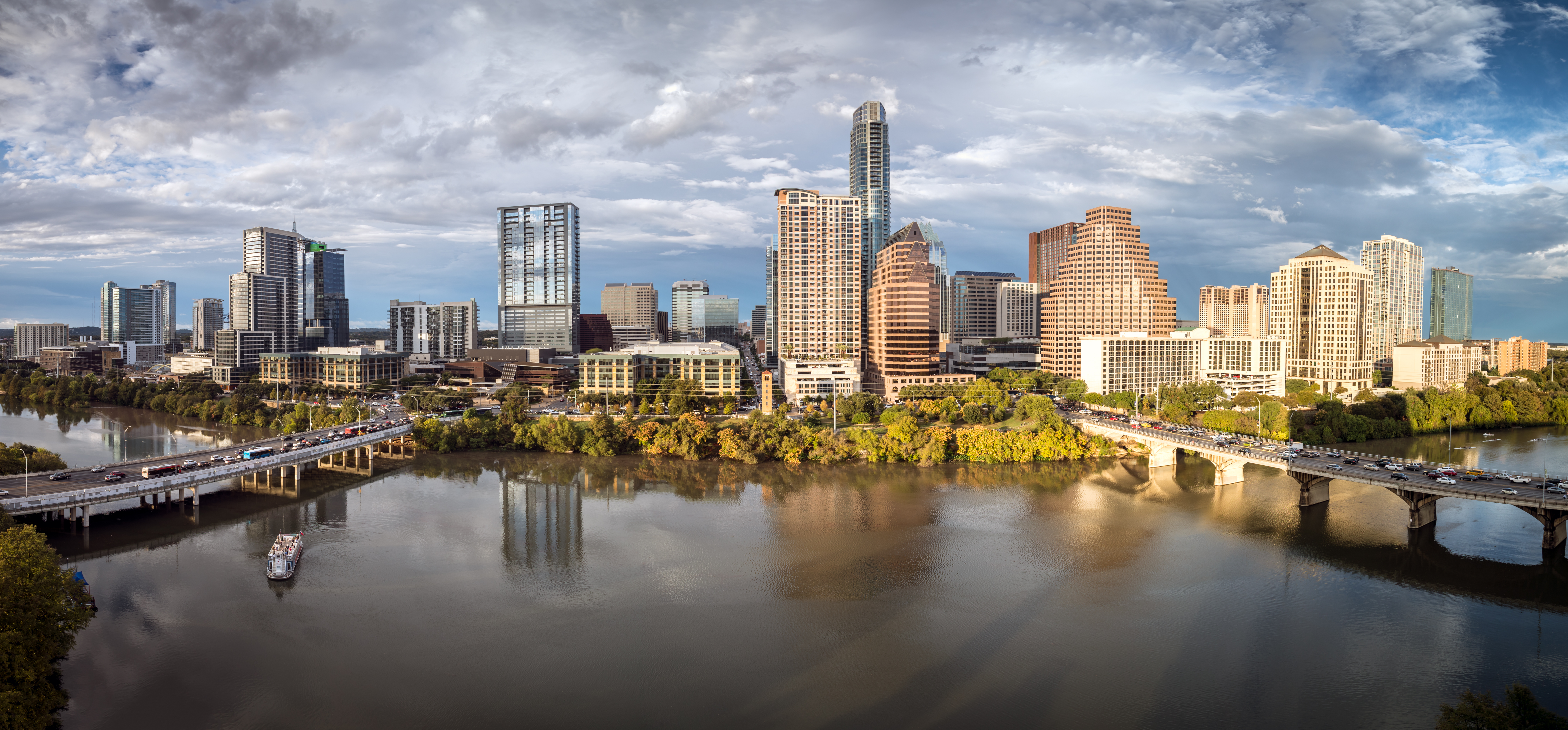

Hail is a good reflector of energy and will return very high dBZ values. Icing begins in the NW Hill Country shortly, the Austin area around 2 a.m., and eastern counties before. Heat Advisory: Bastrop County, Burnet County, Caldwell County. A crippling, historic ice storm takes shape tonight.
AUSTIN WEATHER LIVE TRIAL
These values are estimates of the rainfall per hour, updated each volume scan, with rainfall accumulated over time. Watch continuing coverage of AG Ken Paxton’s impeachment trial on KXAN and. Depending on the type of weather occurring and the area of the U.S., forecasters use a set of rainrates which are associated to the dBZ values. The higher the dBZ, the stronger the rainrate. Typically, light rain is occurring when the dBZ value reaches 20.

The scale of dBZ values is also related to the intensity of rainfall. The value of the dBZ depends upon the mode the radar is in at the time the image was created. Notice the color on each scale remains the same in both operational modes, only the values change. The charts below show air temperatures and wind chills over the course of the last few days. KXAN viewers have been sending in their photos and. Austin Water activates cold weather plan what’s changed since 2021 storm Live Updates. The other scale (near left) represents dBZ values when the radar is in precipitation mode (dBZ values from 5 to 75). AUSTIN (KXAN) Severe storms, large hail and tornadoes moved through Central Texas on Monday, bringing widespread damage to the area. One scale (far left) represents dBZ values when the radar is in clear air mode (dBZ values from -28 to +28). Each reflectivity image you see includes one of two color scales. The dBZ values increase as the strength of the signal returned to the radar increases. So, a more convenient number for calculations and comparison, a decibel (or logarithmic) scale (dBZ), is used. Reflectivity (designated by the letter Z) covers a wide range of signals (from very weak to very strong). "Reflectivity" is the amount of transmitted power returned to the radar receiver. The colors are the different echo intensities (reflectivity) measured in dBZ (decibels of Z) during each elevation scan.


 0 kommentar(er)
0 kommentar(er)
